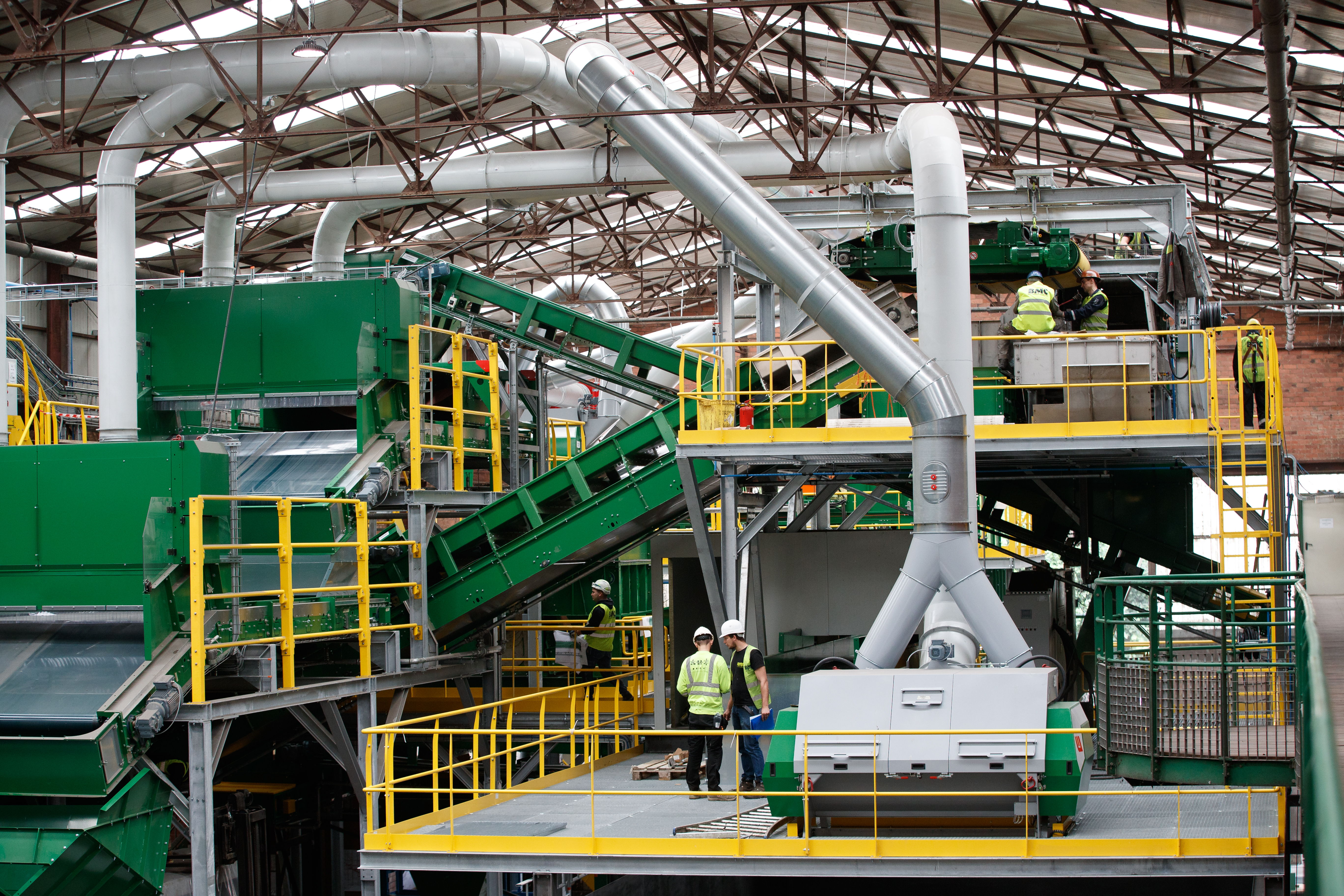Amount of incinerated industrial waste on the rise in Flanders

For the second year in a row, significantly more industrial residual waste was incinerated in Flanders last year, 10% more than in 2020. The quantity of household waste incinerated fell, but is still 5% more than in 2019. This was reported on Monday by the Flemish Waste Agency (OVAM).
The main increase is in the dumping of project-related waste streams. Last year, 1,220,440 tonnes of this kind of waste were dumped in Flanders, almost 465,000 tonnes more than in 2020. These project-related streams consist of dredging and clearance sludge, asbestos and waste from soil remediation projects.
"This waste is mainly dependent on the implementation of certain projects. These quantities do not necessarily have to decrease. We dump these substances in order to remove them from the materials cycle, and dumping them is currently the best available technique for these substances," says OVAM.
The quantity of waste incinerated in Flanders has increased further. In 2021, this is over 3 million tonnes, an increase of 4.6% compared to 2020. This increase is largely due to the 10% increase in incinerated industrial residual waste, to 1,426,056 tons in 2021. Flanders also burned 95,000 tonnes more waste abroad last year than in 2020.
"We are sparing no effort to make Flanders asbestos-safe and to tackle historically contaminated land. We are also working on measures to encourage companies and citizens to sort as well as possible and stimulate reuse. The figures show that we are already setting a good example at home. To minimise the impact of waste incineration on our environment, we have also recently decided on stricter emission standards for waste incinerators so that our air quality can improve", says Flemish minister for the Environment Zuhal Demir.
(TOM)
#FlandersNewsService
© BELGA PHOTO KURT DESPLENTER